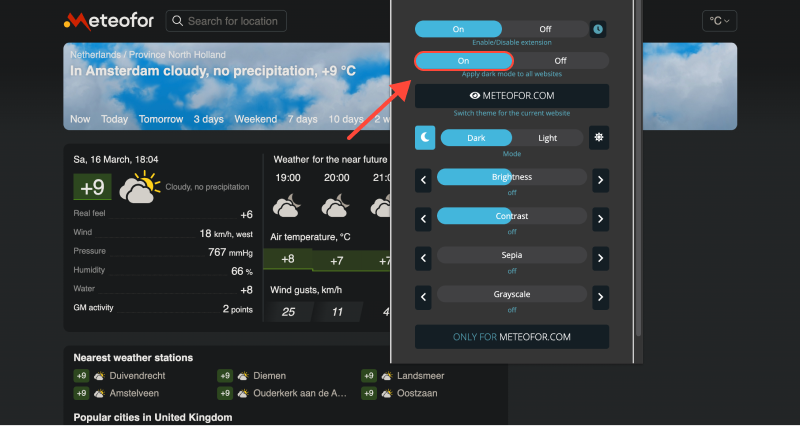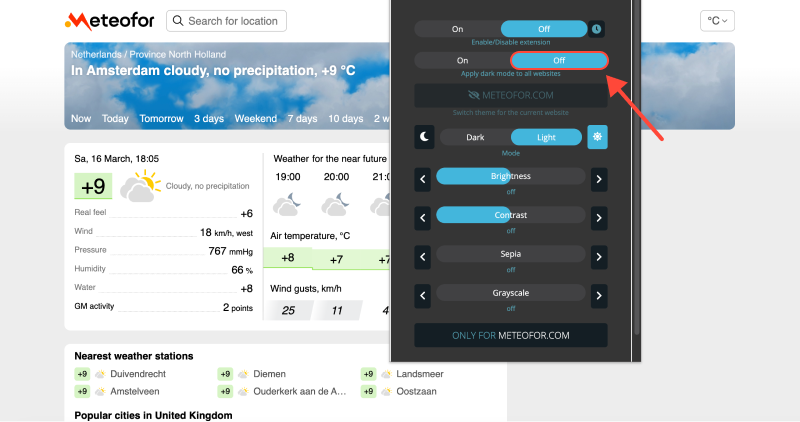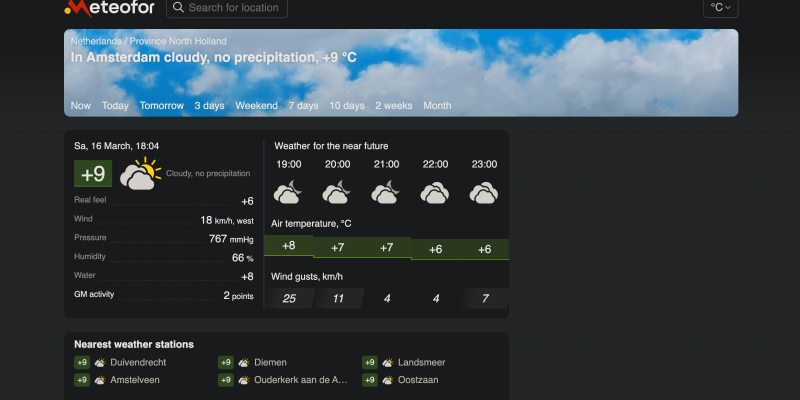בעידן הדיגיטלי של היום, שבו אנו מבלים אינספור שעות באינטרנט, הרעיון של מצב אפל זכה לפופולריות עצומה. מצב כהה לא רק מפחית את עומס העיניים אלא גם נותן לאתרים מראה אלגנטי ומסוגנן, מה שהופך את הגלישה בלילה לנוחה יותר. If you’re wondering how to enable dark mode on your favorite web pages, you’ve come to the right place. במדריך המקיף הזה, we’ll explore how to make any website support dark mode.
Understanding Dark Mode for Web Pages
מצב כהה, ידוע גם כמצב לילה או ערכת נושא כהה, transforms the bright backgrounds of websites into darker shades, often with light-colored text. This color inversion not only provides a visually appealing experience but also reduces the amount of light emitted by your screen, making it gentler on the eyes, במיוחד בתנאי תאורה חלשה.
Enabling Dark Mode on Web Pages
While many websites now offer built-in dark mode options, not all of them do. לְמַרְבֶּה הַמַזָל, there are several ways to enable dark mode for web pages, regardless of whether the site supports this feature or not.
הרחבות לדפדפן
One of the easiest ways to enable dark mode on any website is to use browser extensions specifically designed for this purpose. Extensions such as “מצב כהה” אוֹ “Night Eye” are available for popular browsers like Chrome, Firefox, and Safari. Simply install the extension, and it will automatically apply dark mode to web pages while browsing.

Browser Settings
Some browsers, including Google Chrome and Safari, offer built-in options for enabling dark mode. In Chrome, you can go to Settings > Appearance and select the “כֵּהֶה” theme under the Themes section. Similarly, Safari users can enable dark mode by going to System Preferences > General and selecting the “כֵּהֶה” theme under the Appearance section.
Custom CSS
For more advanced users, custom CSS can be used to force dark mode on web pages. By applying CSS styles that override the standard colors of the website, you can create your own dark mode experience. Various online tools and editors allow you to create and apply custom CSS styles to web pages.










